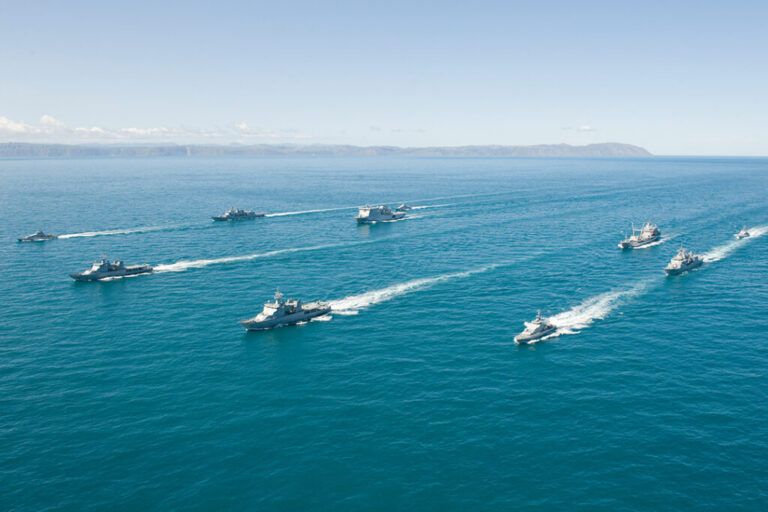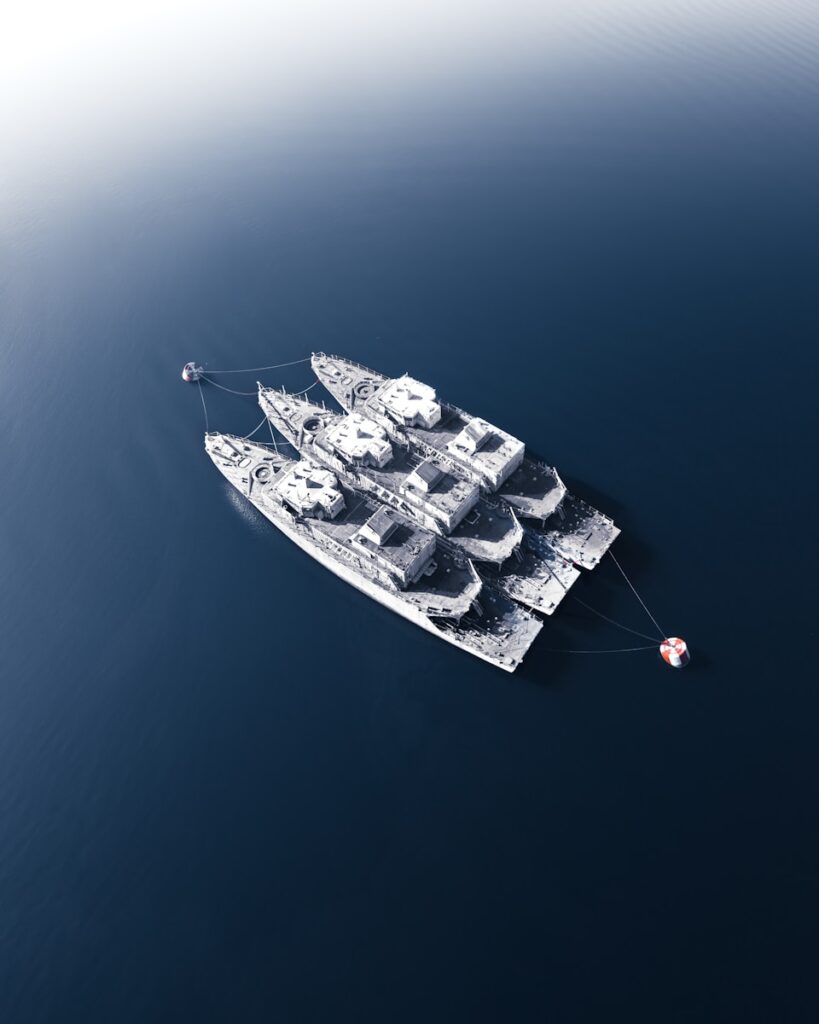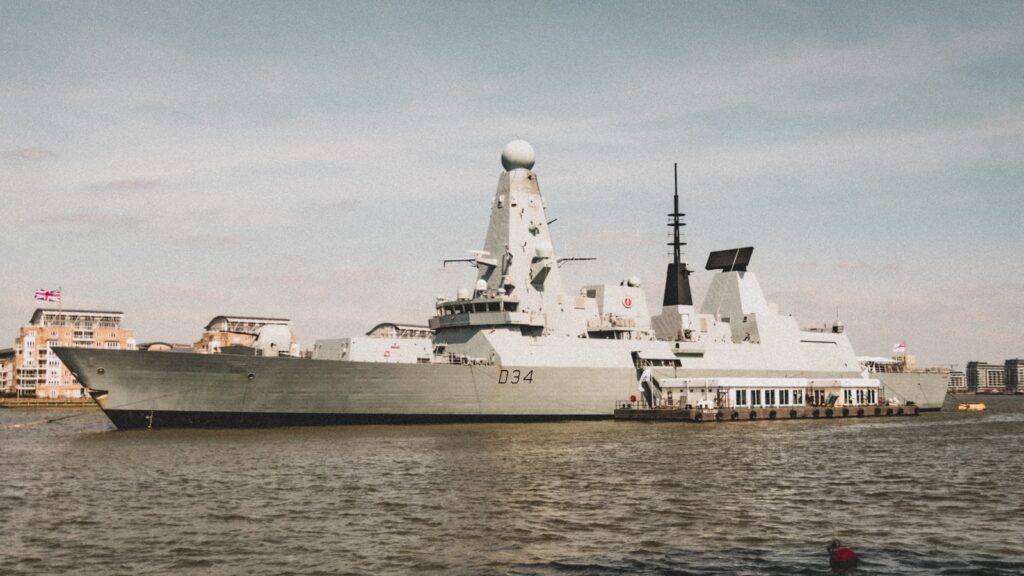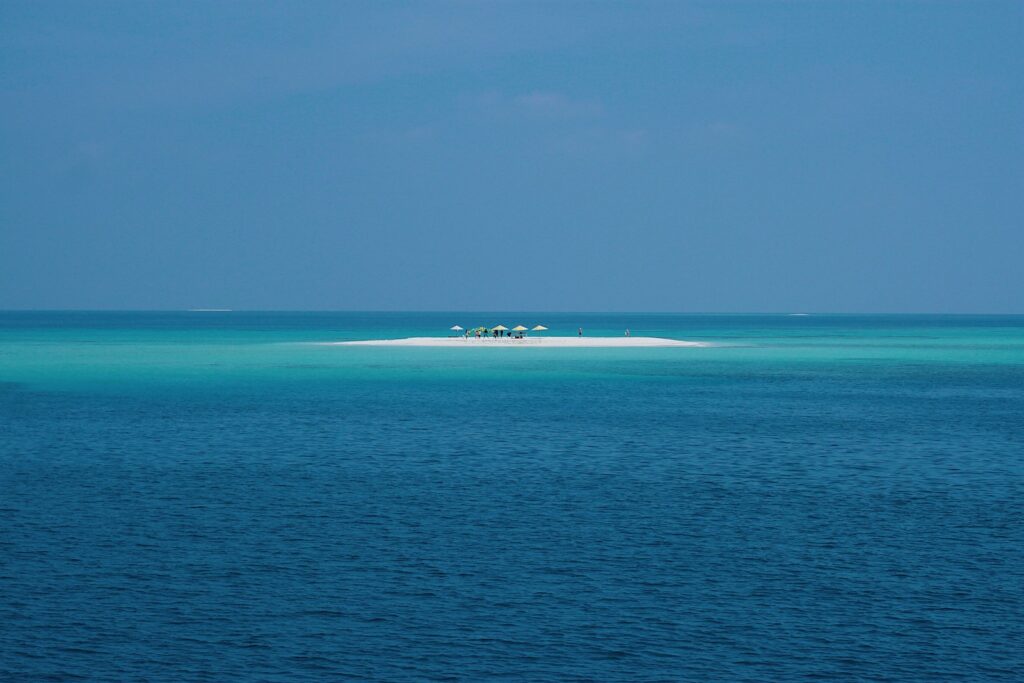
Incident Overview in the South China Sea
Dramatic footage released by the Philippine Coast Guard captured a rare and highly unusual incident in the South China Sea, where two Chinese vessels collided during a high-speed pursuit of a Philippine patrol ship. The collision involved a China Coast Guard cutter and a People’s Liberation Army Navy (PLA Navy) guided-missile destroyer. The China Coast Guard ship sustained substantial damage, leaving it unseaworthy and visibly missing a prominent part of its bow.
The incident unfolded near the disputed Scarborough Shoal, roughly 140 miles west of the Philippine island of Luzon, an area that has long been a focal point of territorial tensions between the Philippines and China. Commodore Jay Tarriela of the Philippine Coast Guard reported that Philippine personnel were distributing aid to Filipino fishermen in the vicinity when a Chinese coast guard vessel began pursuing the Philippine patrol vessel BRP Suluan at high speed. The pursuit quickly escalated, drawing the attention of additional Chinese naval assets in the area, including the heavily armed PLA Navy destroyer Guilin, hull number 164.
The high-speed chase and subsequent collision occurred amid an already tense maritime environment, where Scarborough Shoal, known locally as Bajo de Masinloc in the Philippines and Huangyan Dao in China, lies within the Philippines’ exclusive economic zone. The shoal has been under effective Chinese control since 2012, maintained by a nearly constant coast guard presence. The incident illustrates the complex dynamics in the South China Sea, where humanitarian activities such as aid distribution can unexpectedly intersect with overlapping territorial claims, resulting in potentially dangerous encounters.

Collision Between Chinese Vessels
As the pursuit intensified, the PLA Navy destroyer Guilin executed a maneuver that resulted in a collision with the China Coast Guard vessel 3104. The impact caused significant damage to the China Coast Guard ship’s forecastle, rendering it unseaworthy and leaving the bow visibly deformed. Videos released by the Philippine Coast Guard show the destroyer careening into the smaller Chinese cutter while the latter was still attempting to track the Philippine patrol vessel BRP Suluan. Observers noted at least three China Coast Guard personnel were present on the bow at the time, although there has been no official report regarding any injuries.
Despite the visible damage, the Philippine Coast Guard offered immediate assistance, including medical support and help for any personnel who may have been in danger. According to Commodore Jay Tarriela, the Chinese crew did not respond to these offers, even as their vessel showed clear signs of damage. China has acknowledged that a confrontation took place in the area but has not confirmed the collision between its own vessels. Beijing reiterated that its ships were operating to protect what it asserts as Chinese sovereignty, highlighting the ongoing sensitivity surrounding maritime claims in the region.
The unusual nature of this incident has drawn international attention because it involves two Chinese vessels colliding with each other while pursuing a much smaller Philippine patrol ship. Typically, PLA Navy ships are expected to provide support from a distance rather than engage directly in close-range maneuvers. Analysts have noted that such collisions are rare and illustrate the risks inherent in highly congested and contested maritime zones, where the margin for error is minimal and even minor miscalculations can have significant consequences.

China’s Position and Regional Claims
Following the incident, China reiterated its longstanding position regarding territorial sovereignty in the South China Sea. Lin Jian, spokesperson for the Ministry of Foreign Affairs, stated that Manila’s actions in dispatching vessels to Scarborough Shoal “seriously infringe upon China’s sovereignty and rights, significantly threaten maritime peace and stability, and are of a grave nature.” China maintains that its vessels were operating to uphold these claims, reflecting Beijing’s consistent approach to asserting control over contested maritime areas.
Scarborough Shoal, or Huangyan Dao as referred to by China, lies within the Philippines’ exclusive economic zone, yet has been under near-constant Chinese control since 2012, enforced through a persistent coast guard presence. The latest incident underscores how overlapping claims and territorial assertions continue to heighten tensions in the South China Sea, a vital maritime corridor through which more than 60 percent of global trade passes. The collision serves as a visible reminder of the ongoing disputes and the complex balance between asserting sovereignty and avoiding escalation in the region.

Philippine Response and Strategic Context
In response to the incident, Philippine President Ferdinand Marcos Jr. emphasized the country’s commitment to defending its territorial rights. He affirmed that the Philippines would “continue to be present” in the area to exercise its sovereign rights and protect local fishermen, “despite any opposition from anyone, as we have done in the past three years.” The Philippine Coast Guard’s immediate offer of assistance to the damaged Chinese vessel also highlighted Manila’s adherence to international maritime protocols and humanitarian principles, even amid tense confrontations.
The collision occurs against a backdrop of heightened regional sensitivity, particularly regarding China-U.S. tensions over Taiwan. President Marcos Jr. recently warned that the Philippines could be drawn into broader conflicts given its geographical proximity, prompting Beijing to urge Manila to “refrain from playing with fire.” Analysts have noted that the incident illustrates both the Philippines’ careful balancing act and the risks inherent when even routine patrol or aid operations intersect with Chinese territorial assertions.
Expert Analysis of the Maneuver
Carl Schuster, a former US Navy captain, reviewed the footage of the collision and offered detailed insights into the Chinese vessels’ actions. He observed that the ships seemed to be attempting a complex maneuver designed to position the Philippine patrol vessel between the China Coast Guard cutter and the PLA Navy destroyer. The intention appeared to involve restricting the Philippine vessel’s movement and potentially neutralizing its operational capability. Schuster emphasized that such coordinated maneuvers require extensive training, precise timing, and effective communication, all of which seemed absent in this instance. He concluded that the lack of preparation likely contributed directly to the collision.
Alessio Patalano, a professor of war and strategy in East Asia at King’s College London, characterized the Chinese maneuver as “highly unprofessional and dangerous from intent to execution.” He noted that the action reflected aggressive intent without adherence to basic navigational or safety protocols, ultimately resulting in self-inflicted damage. Collin Koh, a research fellow at the S. Rajaratnam School of International Studies in Singapore, further highlighted the mismatch in scale between the deployed assets and the task. He pointed out that bringing in a heavily armed Type 052D PLA Navy destroyer to engage in what was effectively a law enforcement or patrol-level encounter was “overkill,” illustrating a fundamental misalignment between operational resources and objectives.

Implications for Regional Security
The Type 052D destroyer Guilin, commissioned in 2021, is designed for large-scale naval operations, equipped with advanced missile systems capable of engaging air, surface, and land targets at long ranges. Experts argued that deploying such a sophisticated vessel in a close-range pursuit of a relatively small patrol cutter represents a significant escalation in operational posture. Ray Powell of SeaLight at the Gordian Knot Center for National Security Innovation emphasized the potential risks, noting that such encounters, if misjudged, could inadvertently escalate into more serious confrontations, even when no combat intent exists.
Analysts warned that aggressive maneuvers in contested maritime zones, like those observed near Scarborough Shoal, could create misunderstandings between regional actors. Powell suggested that Beijing’s operational culture may, in some instances, reward assertive or high-risk behavior, incentivizing captains to undertake maneuvers that increase the likelihood of accidents. The collision thus serves as a cautionary example of how tactical miscalculations can have strategic consequences in an already tense region.

Broader Significance and International Watch
The incident underscores the heightened strategic stakes in the South China Sea, where territorial disputes intersect with global maritime interests. U.S. officials have repeatedly affirmed their commitment to defending the Philippines under the 1951 mutual defense treaty, adding a layer of complexity to any maritime engagement involving Manila and Beijing. Analysts noted that even minor operational errors in this context could have ramifications extending far beyond immediate territorial waters.
The footage of the collision provides a rare, tangible example of the risks inherent in contested maritime operations. It illustrates that lapses in operational professionalism, misjudged maneuvers, and the use of disproportionate force can reverberate through regional security dynamics. Observers stressed that such incidents serve as a reminder of the need for caution, adherence to navigational protocols, and diplomatic communication to prevent misunderstandings that could affect regional stability and global maritime security.
Navigating a Volatile Maritime Environment
The collision between the China Coast Guard cutter and the PLA Navy destroyer near Scarborough Shoal highlights the inherent risks of maritime operations in disputed waters. The incident demonstrates how aggressive maneuvers, even when intended to assert sovereignty or control, can backfire, causing self-inflicted damage and raising the potential for broader regional tensions.
Experts have emphasized that such encounters underscore the importance of professionalism, careful planning, and adherence to international maritime norms. The mismatch between the advanced capabilities of the PLA Navy destroyer and the nature of the task reinforces concerns about the risks posed when military assets are deployed beyond their intended operational scope. Analysts have also pointed out that individual decision-making and institutional incentives for assertiveness can further elevate the possibility of accidents in highly contested zones.
For the Philippines, the incident illustrates the delicate balance between asserting territorial rights and avoiding escalation. President Ferdinand Marcos Jr.’s reaffirmation of Manila’s commitment to presence in Scarborough Shoal reflects the country’s strategy of measured assertiveness. Meanwhile, international observers continue to monitor the situation closely, aware that even minor miscalculations in the South China Sea can have far-reaching implications for regional stability and global maritime security. The footage of the collision serves as a stark reminder of the fragile equilibrium that defines one of the world’s most strategically significant waterways.





